|
After another week of 80 degree weather (ugh), we're nearing October and it's finally getting cool again! Cloudy, misty, chilly weather makes me feel spooky, and I'm getting in the Halloween spirit again. Halloween is one of my favorite holidays (the other is Christmas), and it's a typically American one. I had a blast with a vintage-themed Halloween party last year, and although I can't have friends over this year, I still intend to up my decorating game and have fun with the holiday. I definitely spent too much money this weekend on a huge ceramic cauldron and some velvet-covered pumpkins and next weekend (Monday & Tuesday for me) I will be decking the old halls with all things spooky! I'll post some pictures, I promise. I've got a number of Halloween-y freebies planned for this year, including this Friday's Food History Happy Hour, which will be about Pumpkins and Pumpkin Pie Spice, and Food History Happy Hour on October 30 (I'll be out of town on the 16th), upon which we'll talk about historic Halloween traditions! Be sure to join us on Facebook for the livestream or you can catch it after the fact on Instagram TV or here on the blog. If you're watching live on Facebook, say hi and drop your questions in the comments! You can also ask questions ahead of time by commenting on this blog post or emailing me. Halloween is such an awesome tradition in the United States and it's got a lot of interesting history behind it that I can't wait to share with you. Plus we'll get to discuss all the traditional Halloween-themed treats! I do have one special treat to offer for new and existing Patreon patrons! If you join or renew in the month of October at the $5 level or above, you'll receive a special Halloween-themed packet in the mail! I'm very excited for this little project and who doesn't love getting mail? The contents are a secret, but recipes, fun vintage images, game and party ideas, some Halloween history, and more will be included! There are lots of perks to being a Patreon patron, including special members-only posts, occasional mail, and free vintage cookbooks NOT available anywhere else online! Because I've digitized them from my personal collection. :D
And, of course, welcome to new Patreon patrons, both of whom joined in September, Jessica and Katarzyna! Thank you and glad to have you aboard! I hope you'll join us!
0 Comments
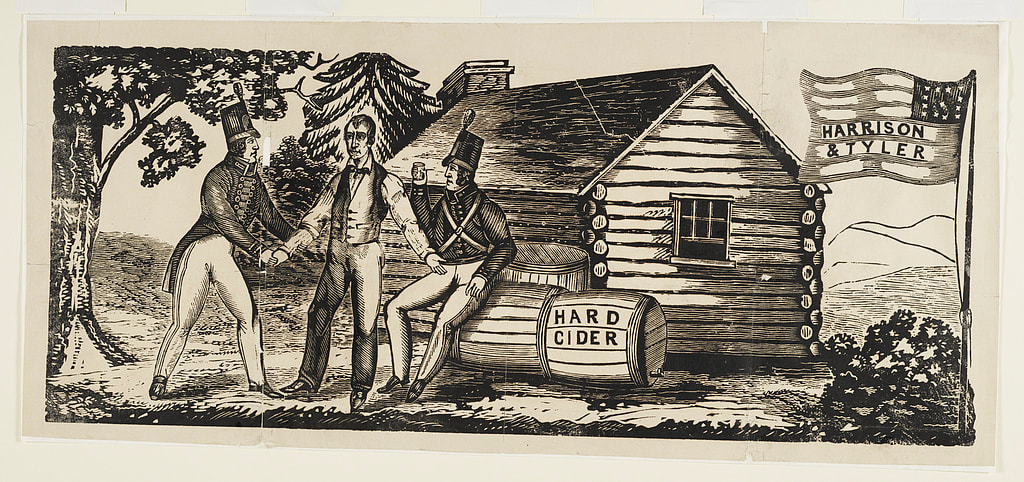
An untitled woodcut, bold in design, apparently created for use on broadsides or banners during the Whigs' "log cabin" campaign of 1840. In front of a log cabin, a shirtsleeved William Henry Harrison welcomes a soldier, inviting him to rest and partake of a barrel of "Hard Cider." Nearby another soldier, already seated, drinks a glass of cider. On a staff at right is an American flag emblazoned with "Harrison & Tyler." Library of Congress.
Thanks to everyone who participated in this week's Food History Happy Hour! In this episode we made the Jersey Cooler from the Roving Bartenter (1946), but the cocktail itself appears to have been invented by the famous Jerry Thomas as it appears in his 1862 How to Mix Drinks.
With the primary ingredient hard cider, I thought it a particularly apt cocktail for our discussion of apples in America! I chose apples as the topic for tonight's Food History Happy Hour because mid-September is when apple harvest in the Northeast usually really starts to get underway. Coincidentally (on my part, anyway), tonight is also the start Rosh Hashanah, or the Jewish New Year, which runs until Sunday. One of the components of Rosh Hashanah is the use of apples and honey, particularly in Ashkenazi Jewish households, who originate in Eastern Europe. Apples and honey are eaten to symbolize sweetness and prosperity for the coming year. On a more somber note, I learned that Supreme Court Justice Ruth Bader Ginsburg passed away just minutes before the start of the show. In fact, I almost didn't do tonight's episode because I was so upset. But I figured that the notorious RBG would power through if it was her, and it was fitting to be talking about apples and hoping for peace and prosperity in the coming New Year. So we poured one out for Ruth and gave her a toast. We talked about the origins of hard cider, with an aside about the 1840 presidential campaign of William Henry Harrison, why hard cider fell out of favor, the origins of apples in the mountains of Kazakhstan, Johnny Appleseed, the story of Red Delicious, heirloom apple varieties, and the not-so-American origins of apple pie. Jersey Cooler (1946)
From the 1946 Roving Bartender by Bill Kelly:
You can see other, slightly more complicated versions below: Jersey Cocktail (1862)
As far as I can tell, this is the oldest version of the Jersey Cooler (called cocktail here), invented by the famous Jerry Thomas from his How to Mix Drinks from 1862. Because the earliest reference is from Mr. Thomas, who was a born and raised New Yorker, I think that the "Jersey" in this instance refers to New Jersey, not Jersey, England.
Here's his recipe: (Use small bar glass.) 1 teaspoonful of sugar. 2 dashes of bitters. Fill tumbler with cider, and mix well, with lemon peel on top. Episode Links
Our next episode will be on Friday, October 2, 2020 and since it will officially be October, we'll be talking about pumpkins and the origins of the much-maligned pumpkin spice!
If you enjoyed this episode of Food History Happy Hour and would like to support more livestreams, please consider joining us on Patreon. Patrons get special perks like access to members-only content.
As we enter September (and FINALLY some cooler weather!) I always think of harvest time. Being immersed in finishing my book, I've been doing lots of reading about farm labor (and food preservation and war gardening and all those other fun topics), and Farm Cadets are a topic I've been researching to summarize in the book. During the First World War, very real fears about the food supply led to a whole host of changes to American agriculture, including farm labor. Although farmers lobbied Congress and President Wilson to exempt farmers and agricultural laborers from the draft, they were not exempted. So when the Selective Services Act was passed on May 18, 1917, farmers worried about who was going to harvest their crops. The wages of experienced farm hands began to skyrocket, and state and local governments scrambled to find a solution while the Federal government remained relatively hamstrung by the hold up of the Lever Act which would fund the U.S. Food Administration (and which would not be passed until August, 1917). Indeed, the U.S. Department of Labor would step in to help fill the gap in finding workers for many wartime labor needs. For American suffragists, the Woman's Land Army was a reasonable solution. But rural and agricultural folks are fairly conservative, and the idea of young city women in overalls (scandal!) working their fields was unpalatable for most. Teenaged boys, however, were a good solution, in the eyes of many. Not only were they out or nearly out of school during key planting and harvest times, organized labor camps would train them for military service. And indeed, that's how many of the farm cadet camps were organized - with military tents, uniforms, ranked officers, and military language. The reality of the practice, like that of the Woman's Land Army, was a bit more amorphous. I'm still sifting through the heady propaganda of newspaper articles and official reports versus what actually took place, but it looks like Farm Cadets, which appear to have included girls as well as boys, at least in New York State, did have a positive impact, particularly on fruit harvests, which often needs lots of dexterous manual labor for short periods of time. Gary E. Moore has written a nice overview of the U.S. Boys' Working Reserve, which was a US Department of Labor program started in June, 1917. You can also read a 1918 report from the Bureau of Educational Experiments (no really, that's what it's called), entitled "Camp Liberty: A Farm Cadet Experiment." The Farm Cadet program (like the Woman's Land Army and victory gardens) was revived for service during the Second World War. In 1947, following the war, the United States Department of Agriculture published, "Farm Work for City Youth," a glossy, photo-laden pitch for the value of agricultural labor, rebranded as "Victory Farm Volunteers." In New York State, I have found evidence that the Farm Cadet program lasted, under that name, as late as 1982. With a few unreachable references on Google Books to even further into the 1980s. The need for seasonal agricultural labor today is filled largely by migrant workers, many of whom work in appalling conditions and for poor wages. There have been improvements in recent years as various states implement minimum wage requirements for agricultural workers and mandate things like breaks, restroom facilities, and on-site water. But I wonder, if teenagers (especially white, middle class teenagers) continued to work in agricultural labor on their summers "off" - what would our agricultural labor landscape look like today? If you enjoyed this World War Wednesday history article, please consider joining us on Patreon, which offers special patrons-only perks.
Thanks to everyone who participated in this week's Food History Happy Hour! In this episode we made the Angler's Cocktail from Recipes of American and Other Iced Drinks, London (1909).
Because it's Labor Day Weekend and traditionally one of the biggest travel dates of the year, I thought we could talk about road food! We discussed the development of early federal highways, including Route 66, the Eisenhower Interstate Highway System, the Green Book and Driving While Black, rest areas versus service areas, Howard Johnson's and the development of other fast food chains, Gourmet and Ford Motor Company travel books on regional restaurants, the work of Jane and Michael Stern to catalog regional foodways, and the foods people took with them while traveling, roadside stands, and more. Angler Cocktail (1909)
Here's the original recipe, from Recipes for American and Other Iced Drinks by Charlie Paul (1909):
Fill a tumbler with chipped ice; put in two or three drops of Angostura bitters, half a teaspoon of orange bitters, and three or four drops of raspberry syrup; add half a wine-glassful of gin, then stir well and strain off. Here's my version: 3 drops Angostura bitters 6 drops orange bitters a dash of raspberry syrup 2 ounces American gin Add to a cocktail shaker of crushed ice - swirl until cold, then strain into a cocktail glass. It's quite lovely - very floral and a pretty shade of peachy gold. I would add more raspberry syrup next time as I couldn't taste it at all and the drink was not sweet at all. Episode Links:
We're switching to a twice-a-month schedule, so join us on Friday, September 18, 2020 at 8:00 PM EST for the next episode of Food History Happy Hour!
If you enjoyed this episode of Food History Happy Hour and would like to support more livestreams, please consider joining us on Patreon. Patrons get special perks like access to members-only content.
|
AuthorSarah Wassberg Johnson has an MA in Public History from the University at Albany and studies early 20th century food history. Archives
July 2024
Categories
All
|
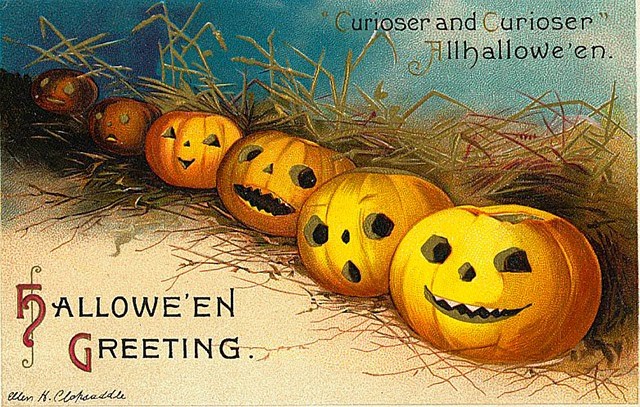
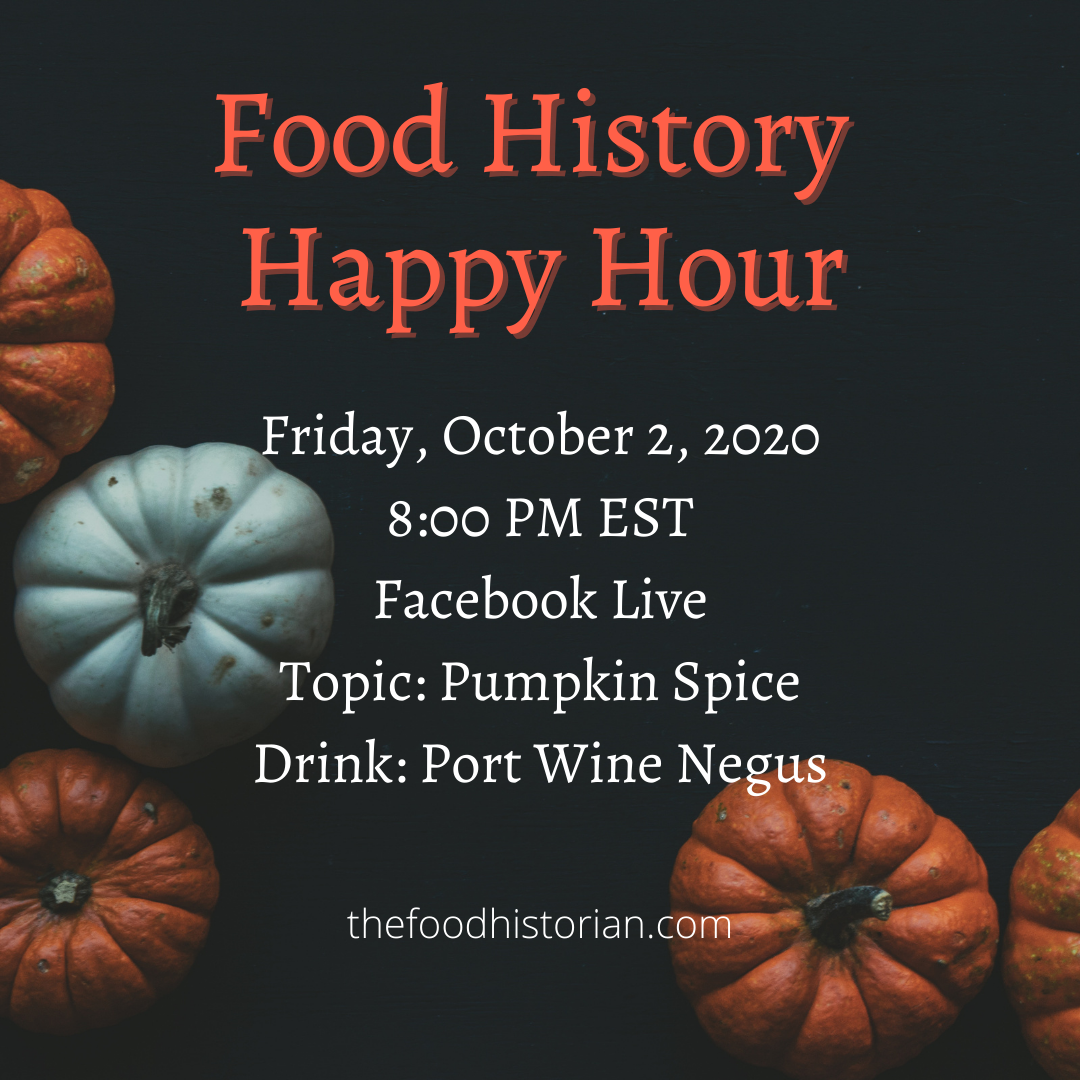
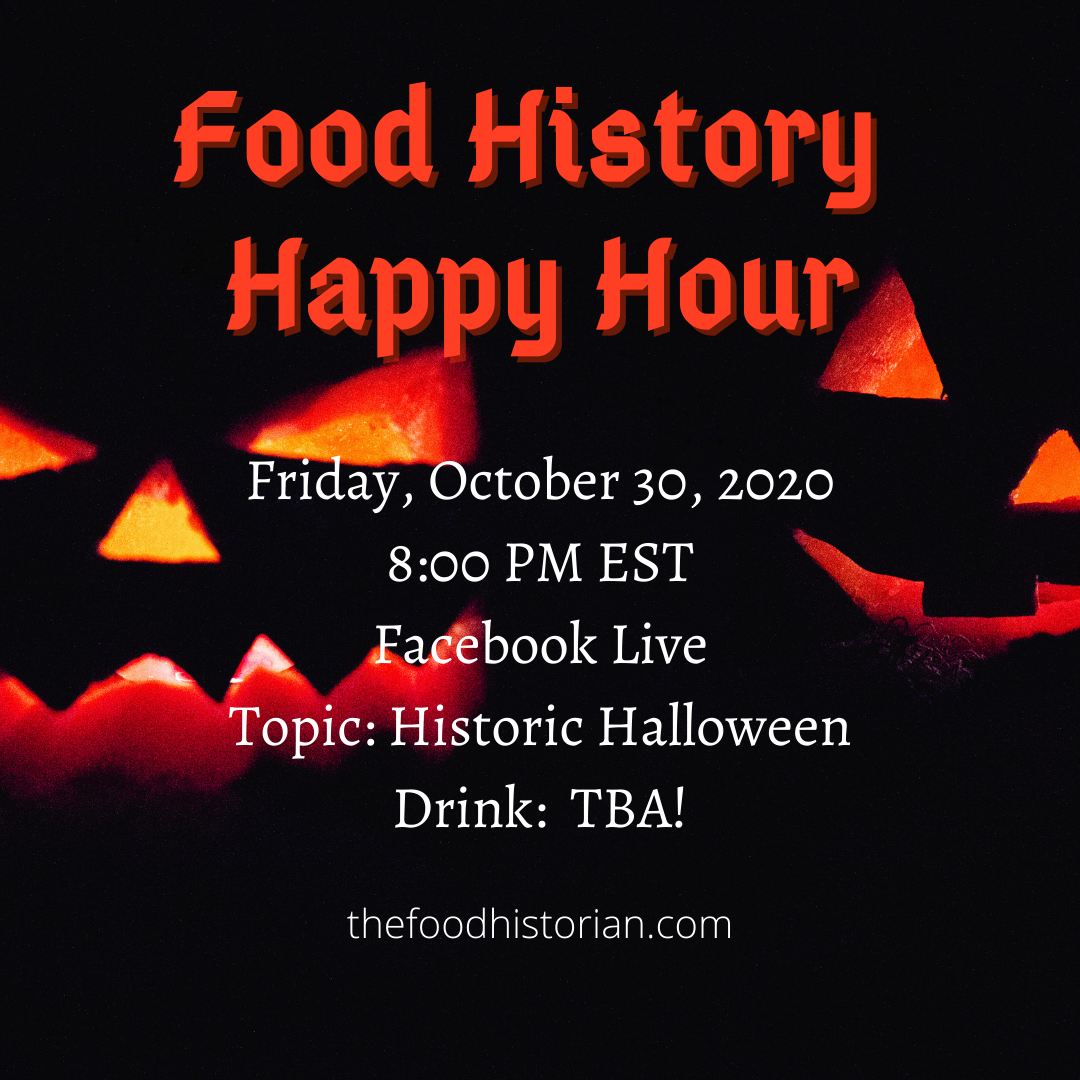


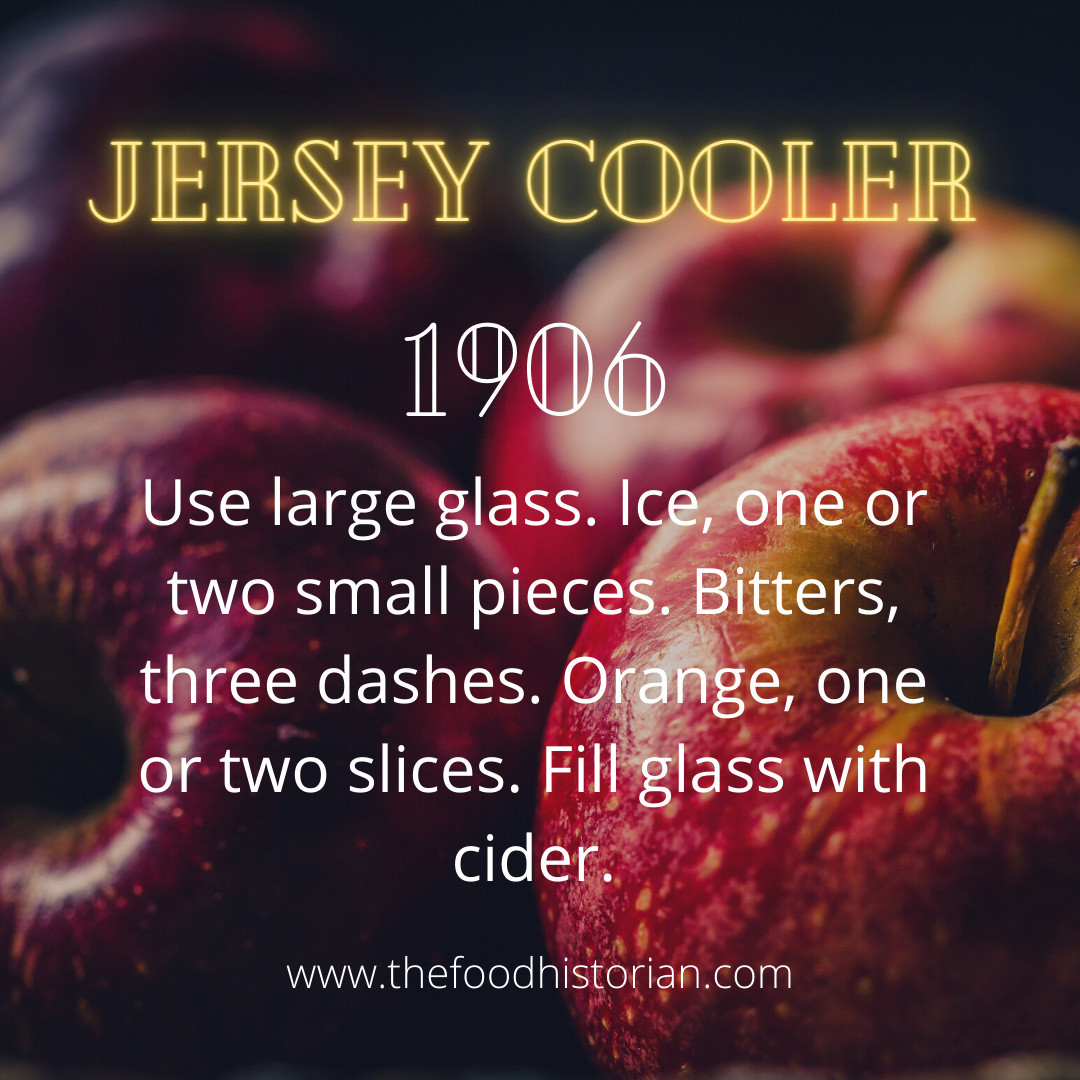
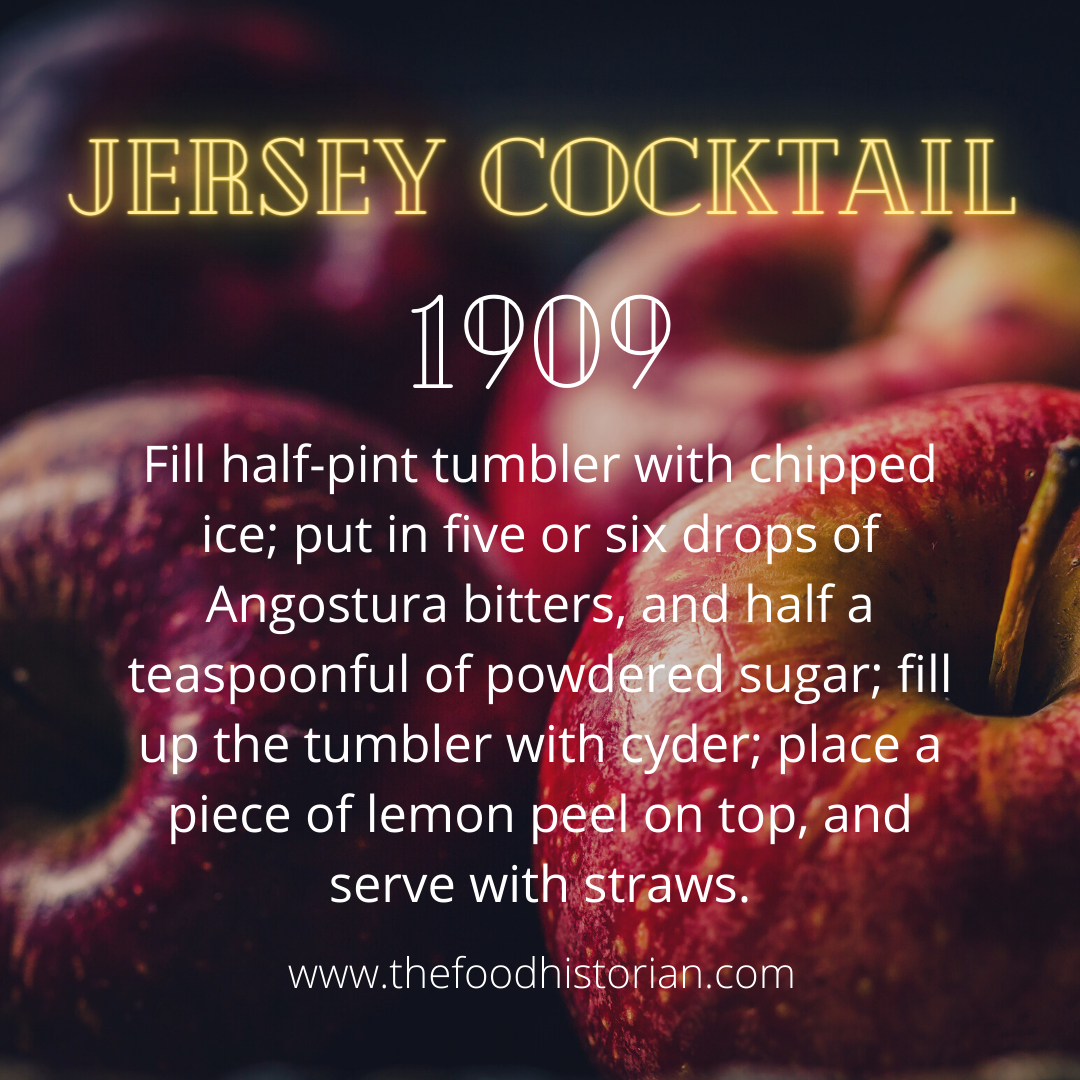
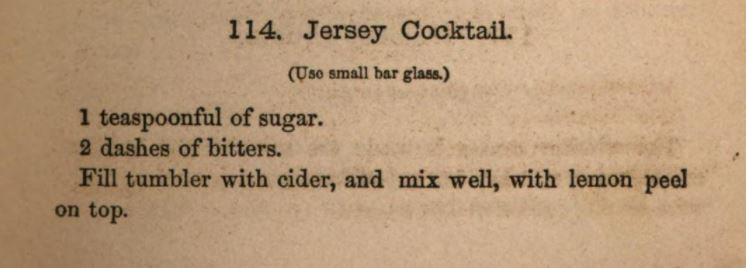
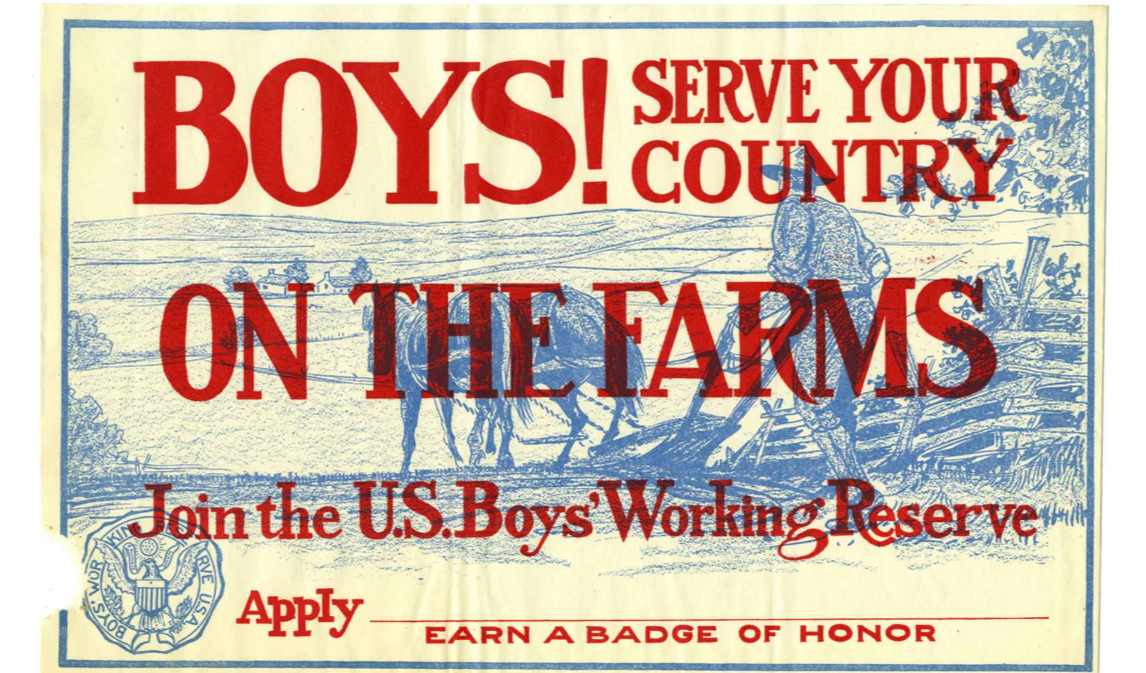
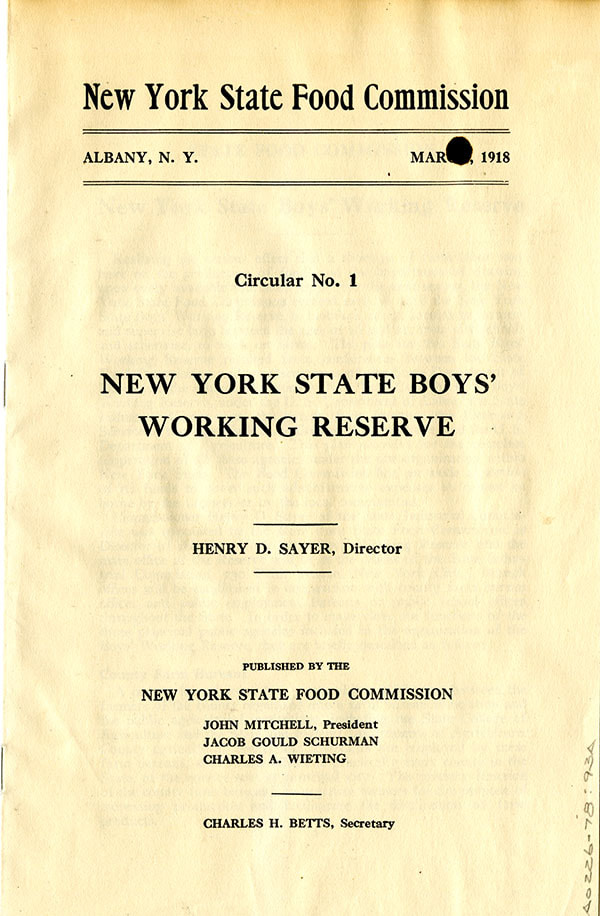
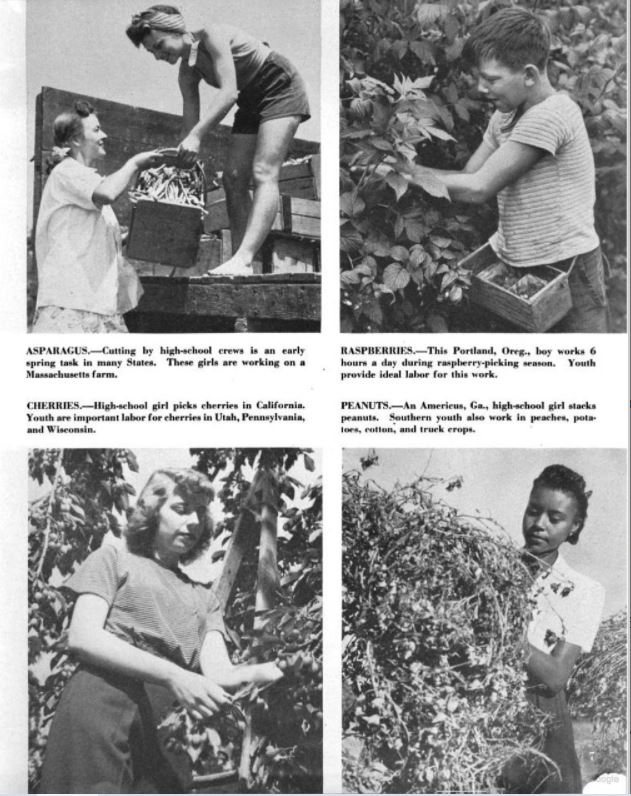


 RSS Feed
RSS Feed